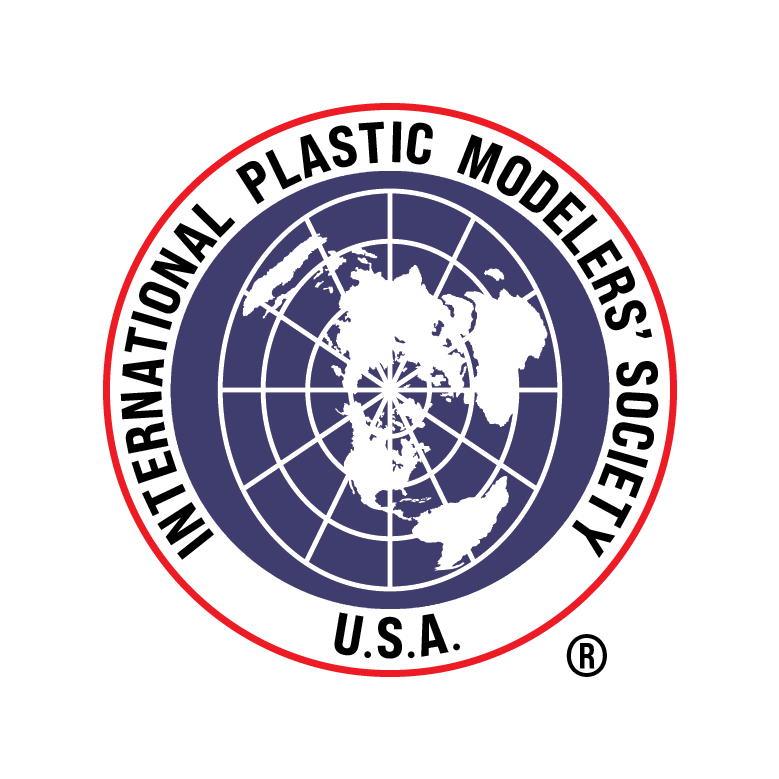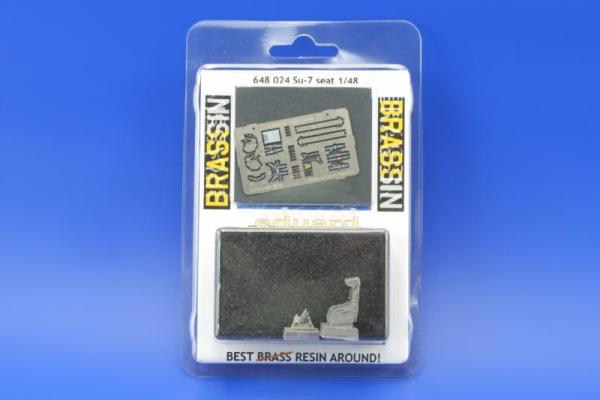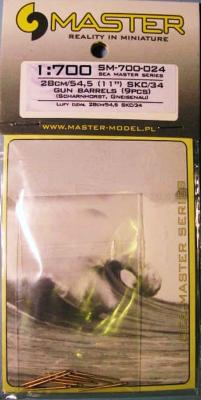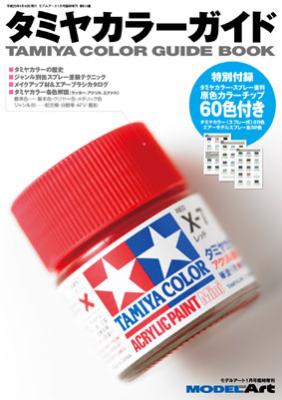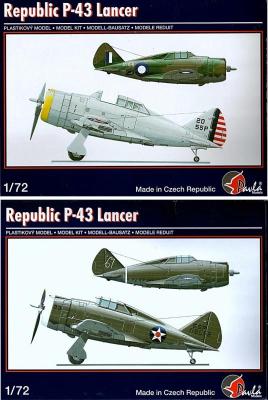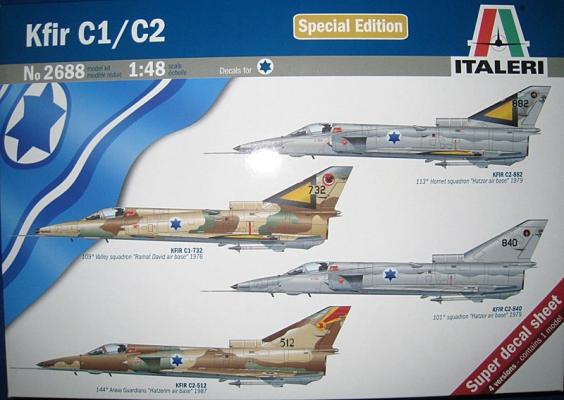Czech manufacturer Eduard keeps expanding its Brassin line of aftermarket details this time with the release of the ejection seat for the KP Su-7 in 1/48th scale. A while back Eduard re-boxed the KP kit adding some aftermarket goodies, including this seat.
The seat is now available as a stand-alone upgrade for those that already have the KP kit in their collection. In my opinion, the seat is the weakest point of the whole (original) plastic cockpit and Eduard is offering us the solution.
Eduard provides you with 2 exquisitely molded resin pieces and a pre-colored photo-etch fret for seatbelts and other minor placards and color details.
